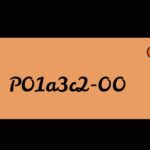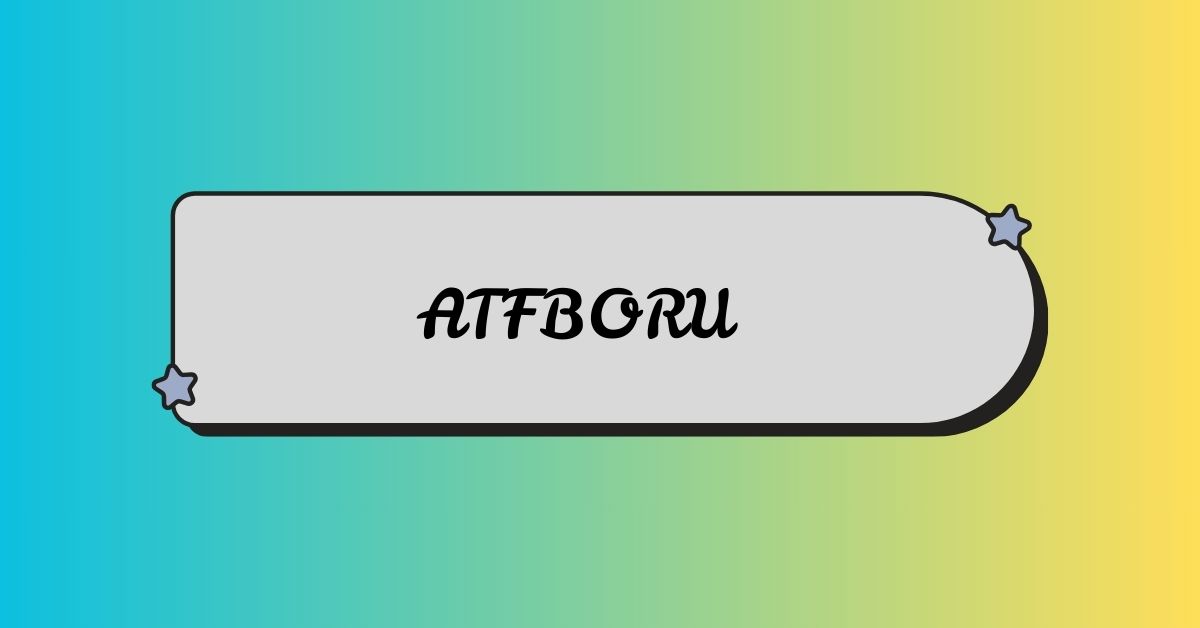Zooskooñ is an elusive and enigmatic species that has captivated the curiosity of researchers and nature enthusiasts alike. This article delves into the fascinating world of Zooskooñ, shedding light on its habitat, behavior, and significance in the ecosystem. From its mysterious origins to its current conservation status, we aim to provide a comprehensive understanding of this intriguing creature.
Origins and Discovery
The Zooskooñ, a species shrouded in mystery, was first documented in the dense rainforests of Central Africa. Its discovery in the early 21st century was a serendipitous event that occurred when a team of researchers stumbled upon it during a biodiversity survey. Initially mistaken for a previously known species, the Zooskooñ was soon recognized as a unique entity due to its distinct physical and behavioral characteristics. Its name, derived from the local dialect, roughly translates to “shadow of the forest,” reflecting its elusive nature.
Physical Characteristics of Zooskooñ
The Zooskooñ exhibits a range of remarkable physical traits that set it apart from other species in its habitat. Adult Zooskooñ typically measure between 1.2 to 1.5 meters in length, with a slender, elongated body that facilitates agile movement through dense underbrush. Its fur, a mix of deep green and brown hues, provides excellent camouflage, blending seamlessly with the forest floor and foliage. One of the most striking features of the Zooskooñ is its large, expressive eyes, which are adapted to low-light conditions, enhancing its nocturnal lifestyle. Additionally, the species possesses a long, prehensile tail, which it uses for balance and grasping branches.
Behavior and Lifestyle in Zooskooñ
The Zooskooñ is primarily a nocturnal and solitary animal, making it a challenge to study. Its behavior patterns are influenced by its environment, which includes a mix of dense forest, undergrowth, and occasional clearings. It has evolved a highly specialized diet, primarily feeding on insects, small vertebrates, and various plant materials. The Zooskooñ is known for its stealthy hunting techniques, employing a combination of patience and agility to capture prey. During the day, it rests in hidden nests built high in the trees, away from predators and human observers.
Reproduction and Life Cycle
Reproduction in Zooskooñ is a complex process, characterized by elaborate courtship rituals and extended parental care. Mating typically occurs during the rainy season, which provides ample resources for the offspring. Females give birth to one or two young at a time, after a gestation period of approximately 120 days. The young are born blind and rely heavily on their mother for nourishment and protection. Over the course of six months, they gradually develop their senses and learn essential survival skills from their mother. The Zooskooñ reaches sexual maturity around three years of age, and its lifespan in the wild is estimated to be between 10 to 15 years.
Habitat and Conservation Status
The natural habitat of the Zooskooñ is the tropical rainforest, characterized by high humidity, dense vegetation, and a complex ecosystem. Unfortunately, this habitat is under threat due to deforestation, illegal logging, and agricultural expansion. The destruction of the rainforest not only impacts the Zooskooñ directly but also disrupts the delicate balance of the entire ecosystem. As a result, the Zooskooñ is classified as a vulnerable species by conservationists. Efforts are underway to protect its habitat through the establishment of protected areas and conservation programs aimed at mitigating the impact of human activities.
Interaction with Humans
The Zooskooñ’s elusive nature means that direct interactions with humans are rare. However, it has become a subject of interest in wildlife documentaries and research studies. Conservation organizations often use these platforms to raise awareness about the Zooskooñ and the importance of preserving its habitat. Educational programs and eco-tourism initiatives are also being developed to promote sustainable practices and encourage local communities to participate in conservation efforts. Despite these initiatives, the challenge remains to balance human development with the preservation of the Zooskooñ’s natural environment.
Cultural Significance
In the local cultures of Central Africa, the Zooskooñ holds a place of reverence and intrigue. It is often featured in folklore and traditional stories as a symbol of mystery and the untamed spirit of the forest. Indigenous communities have long recognized the Zooskooñ as an important part of their cultural heritage, and efforts are being made to involve these communities in conservation strategies. By integrating traditional knowledge with scientific research, a more holistic approach to preserving the Zooskooñ and its habitat can be achieved.
Future Research and Conservation Efforts
Ongoing research is crucial for understanding the Zooskooñ’s behavior, ecology, and genetic makeup. Scientists are employing a variety of methods, including camera traps, genetic analysis, and satellite tracking, to gather data and monitor the species’ population trends. Conservation strategies are also evolving, focusing on habitat restoration, anti-poaching measures, and community engagement. The collaboration between researchers, conservationists, and local communities is essential for the long-term survival of the Zooskooñ and the health of its ecosystem.
Conclusion
The Zooskooñ is a testament to the rich biodiversity of our planet and the intricate relationships between species and their environments. Its mysterious nature and the challenges it faces highlight the need for continued research and conservation efforts. By fostering a deeper understanding of the Zooskooñ and its habitat, we can work towards ensuring a future where this remarkable species can thrive. The story of the Zooskooñ serves as a reminder of the delicate balance of nature and the importance of protecting our natural world for generations to come.







